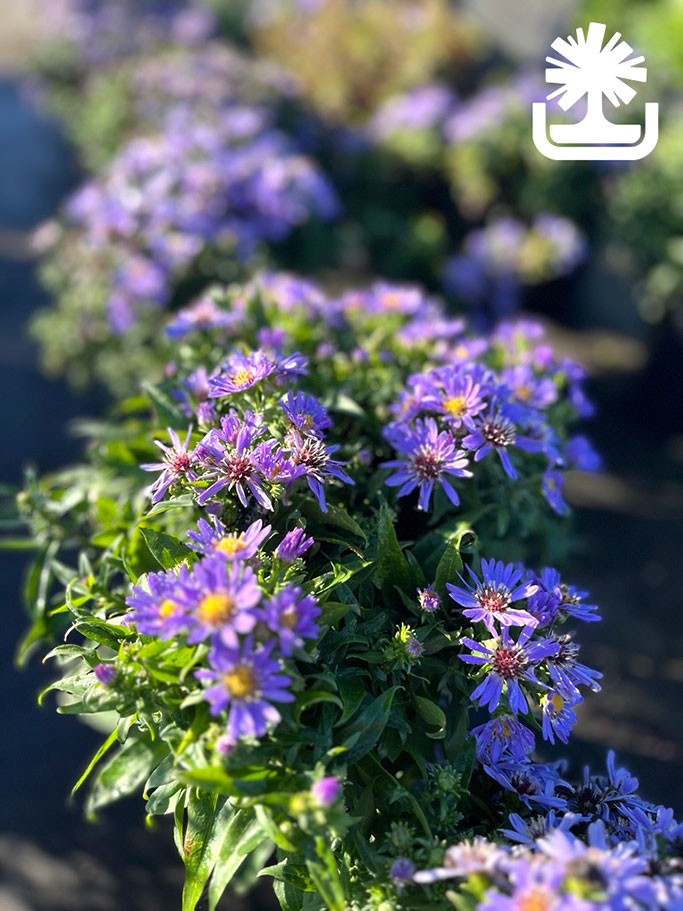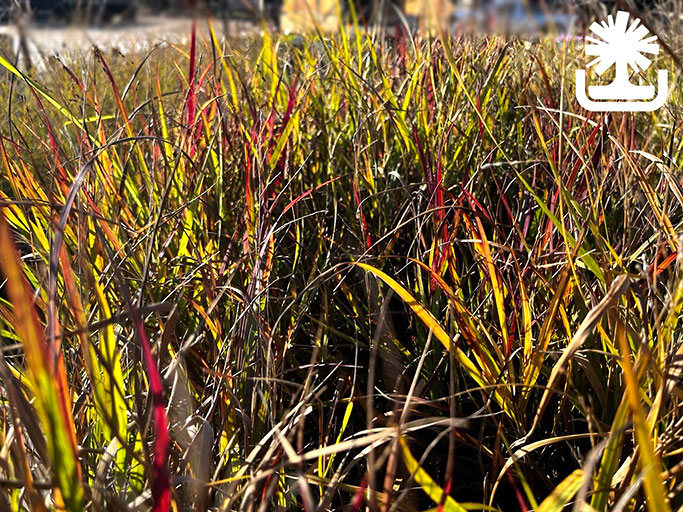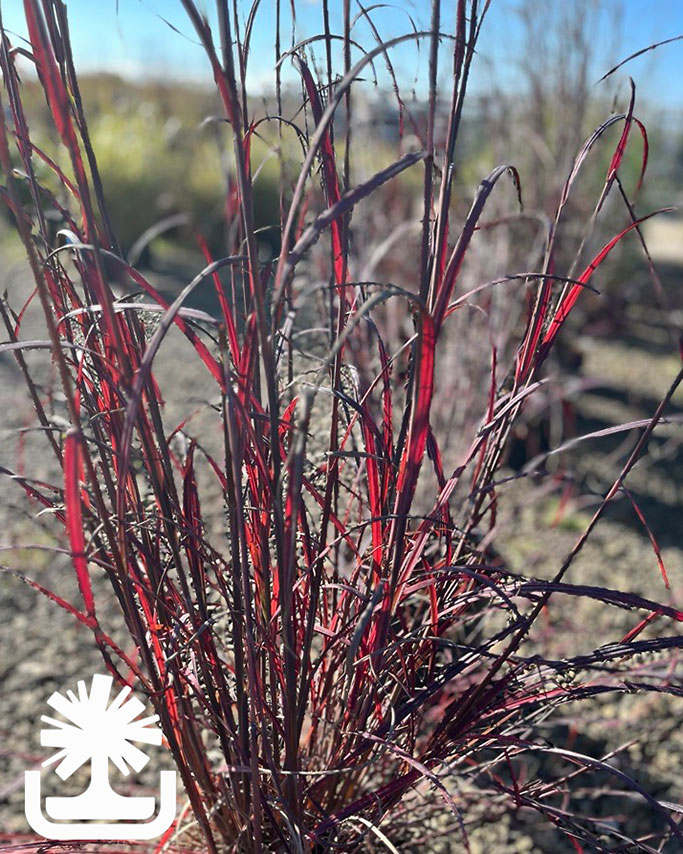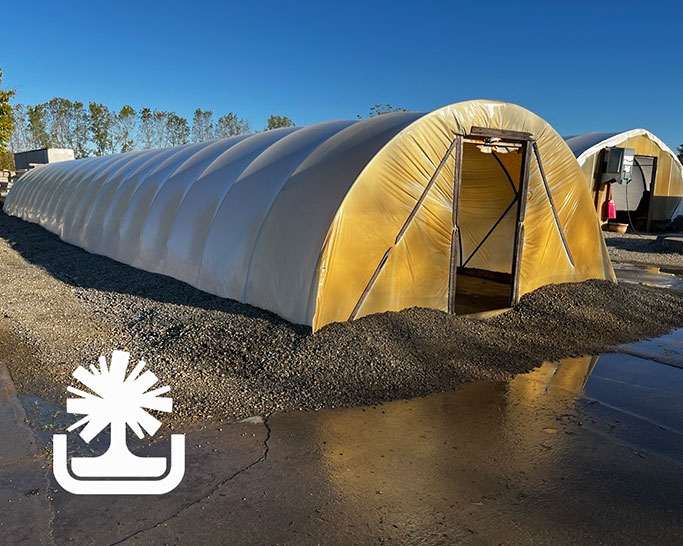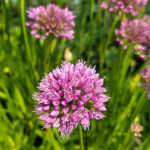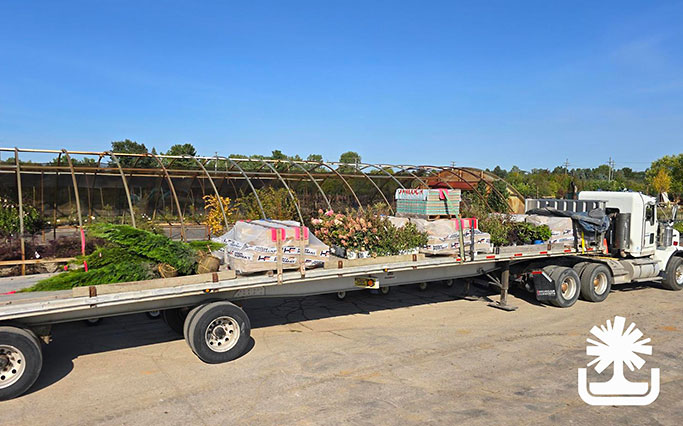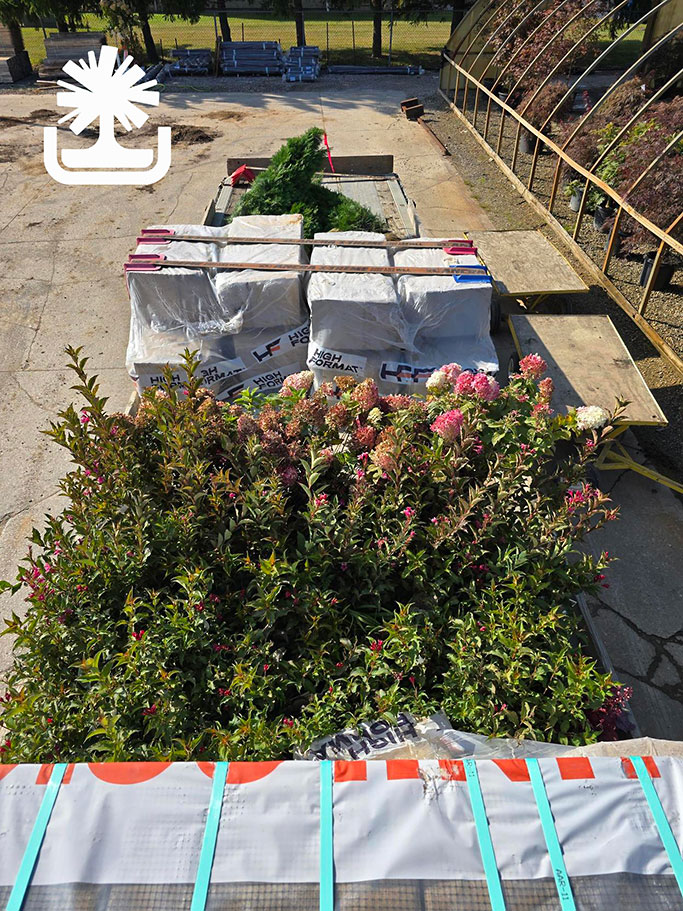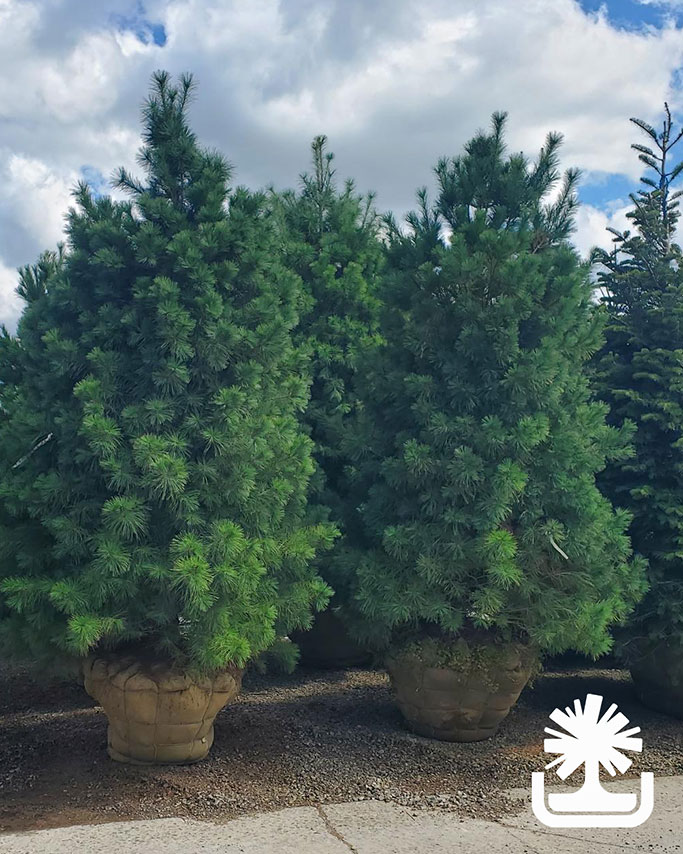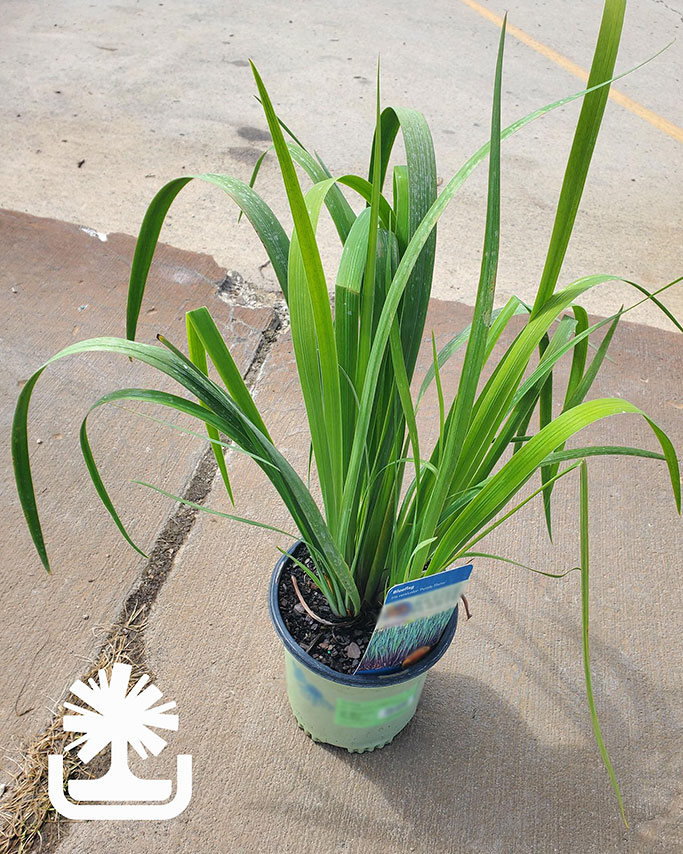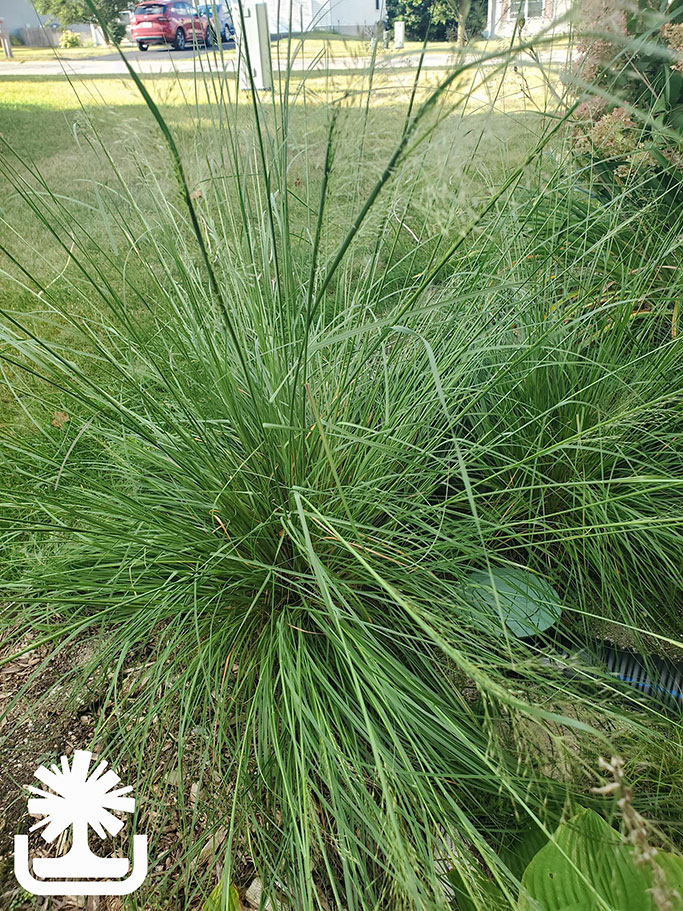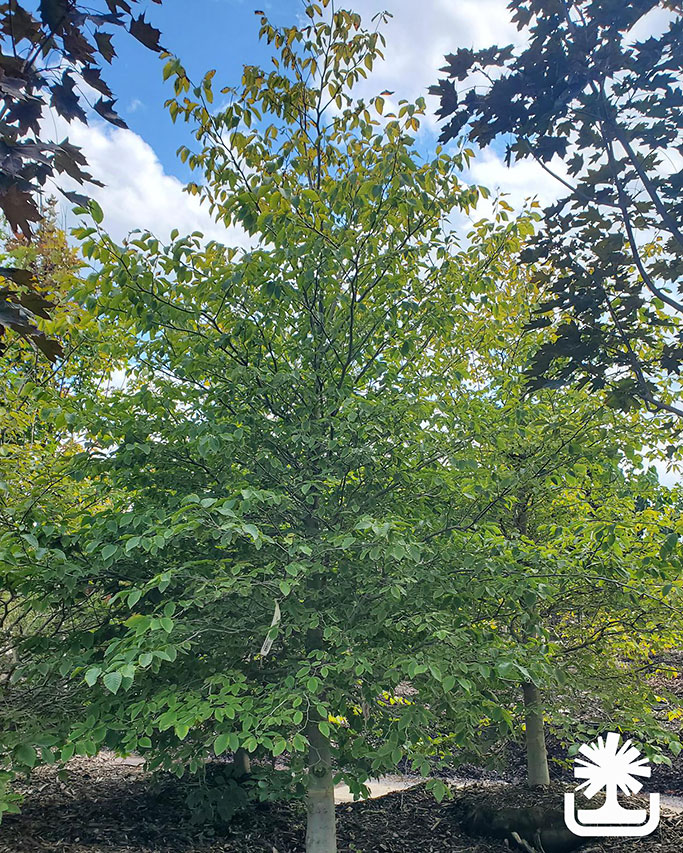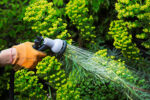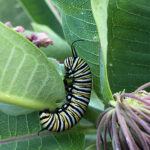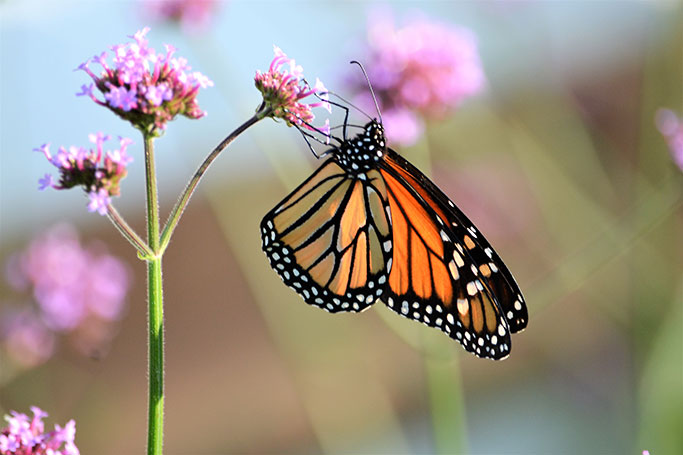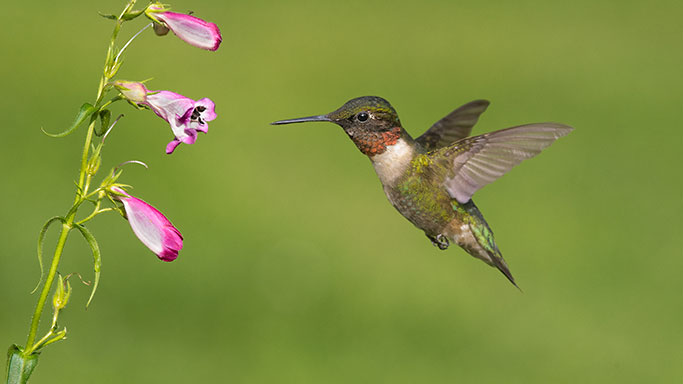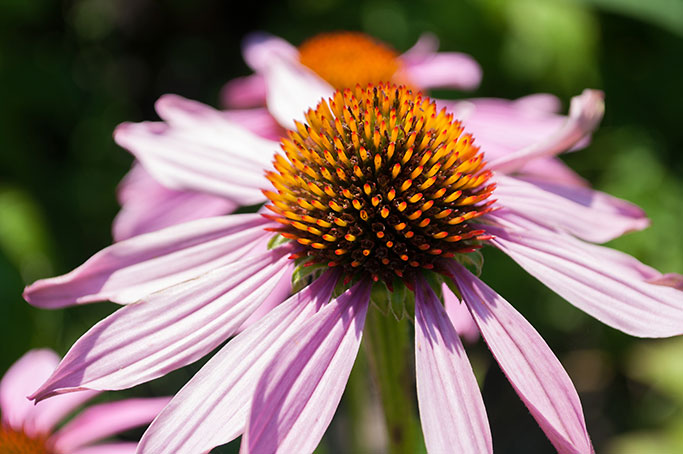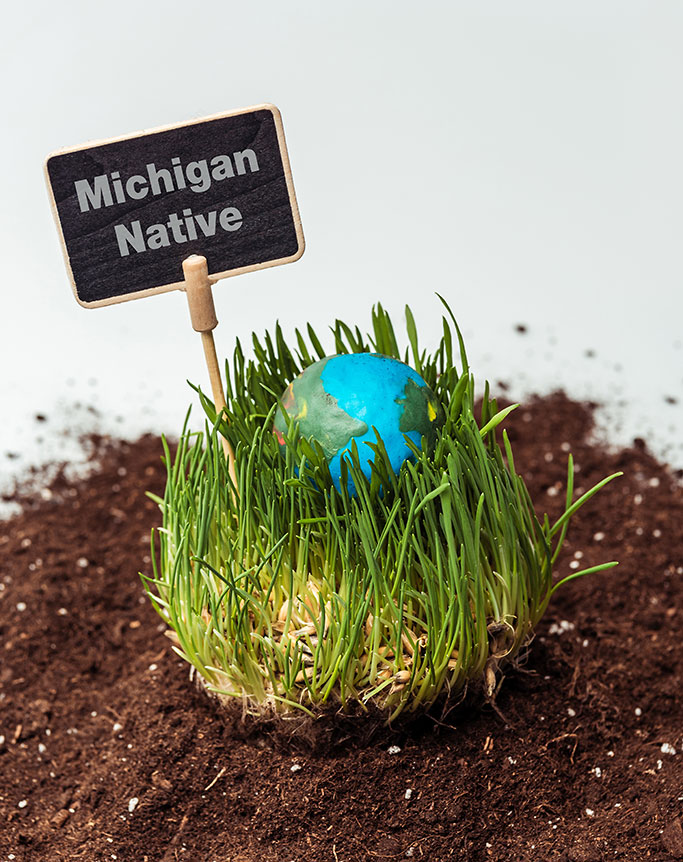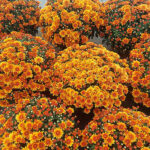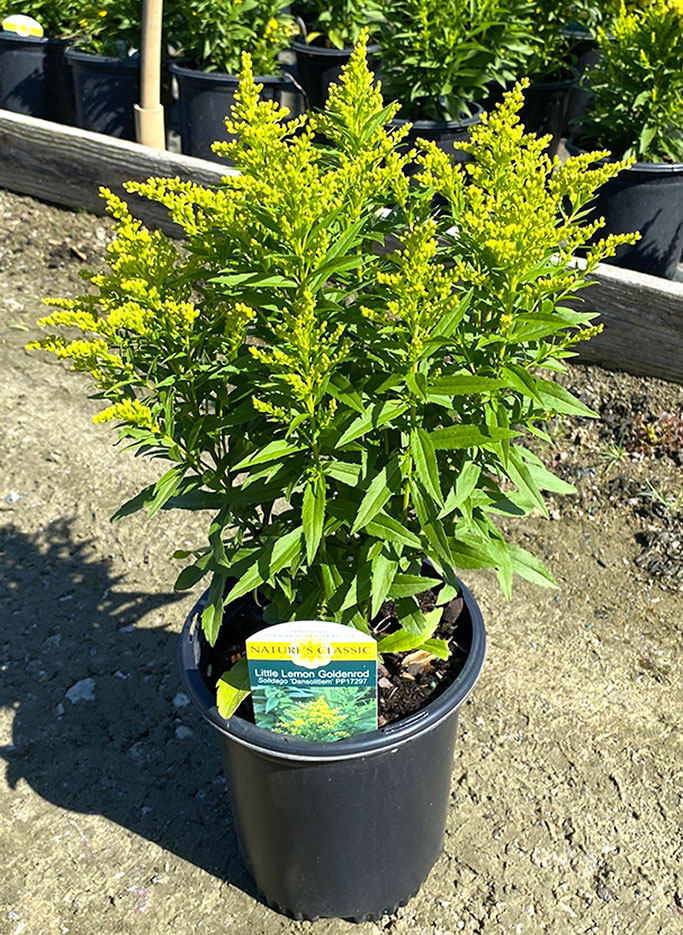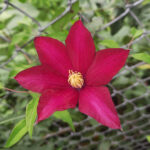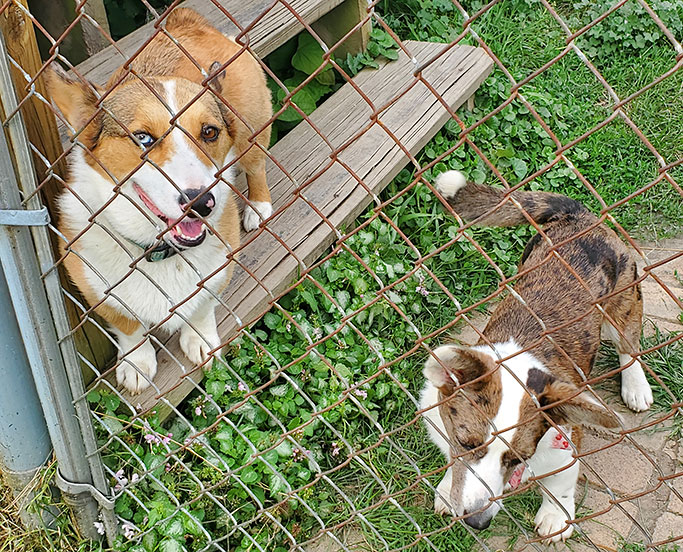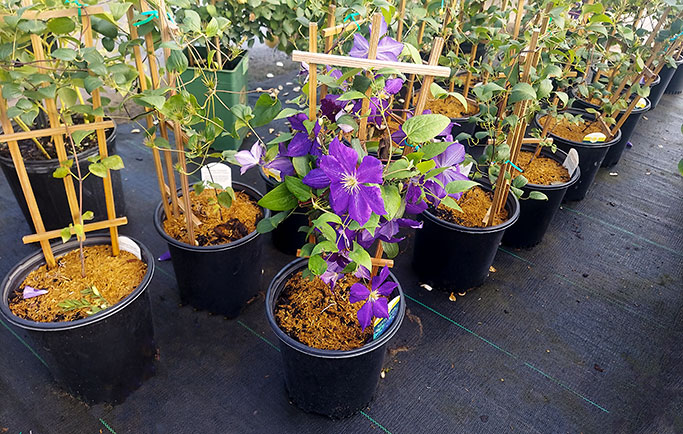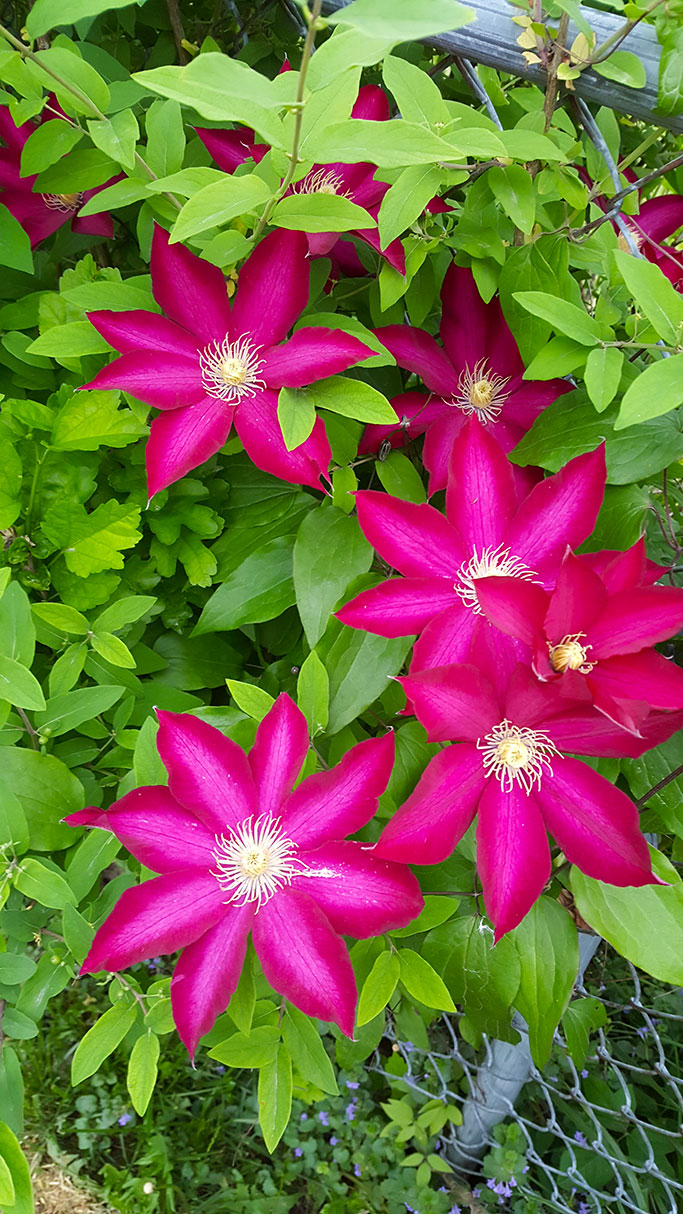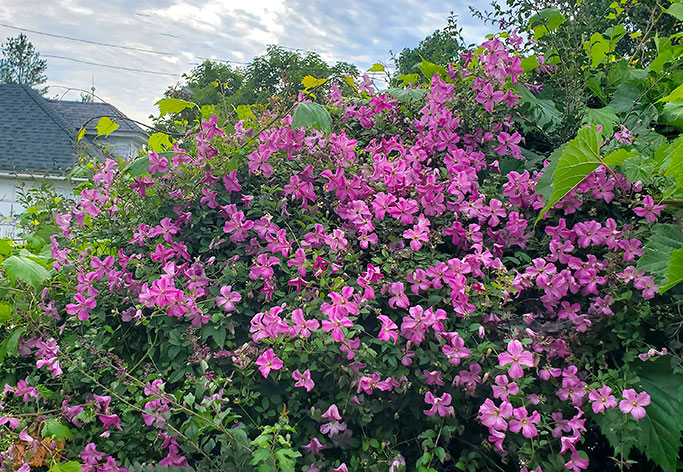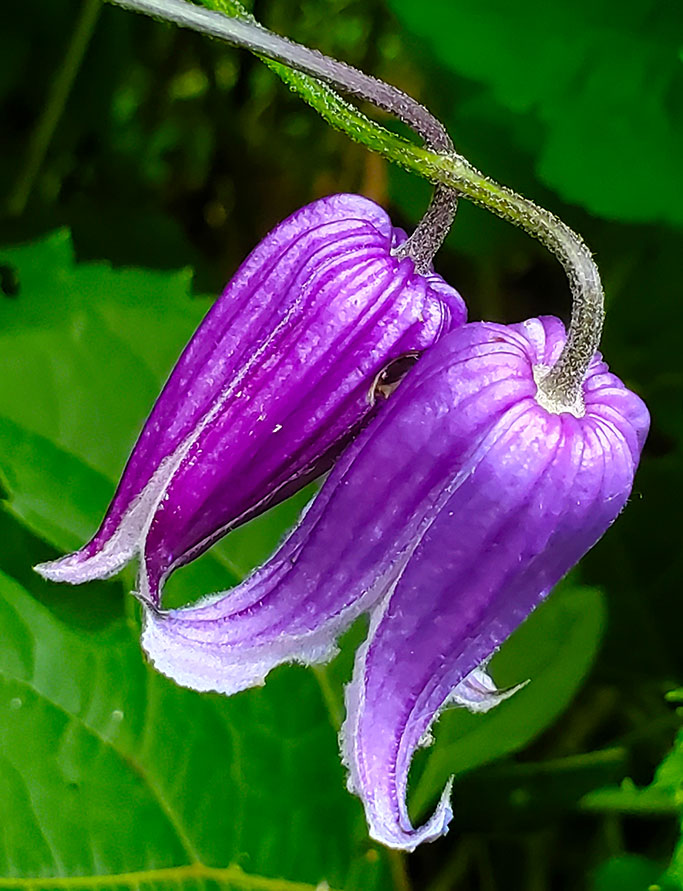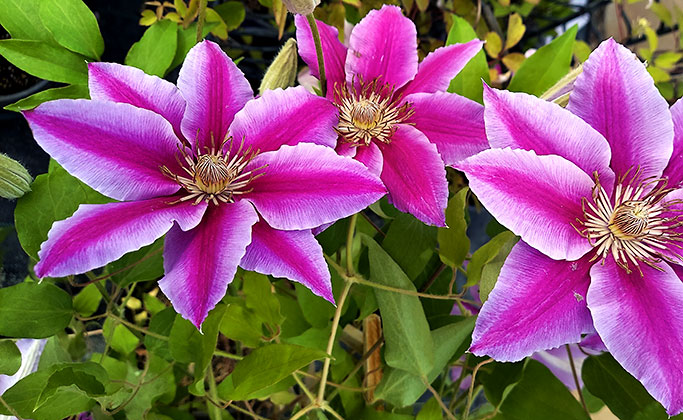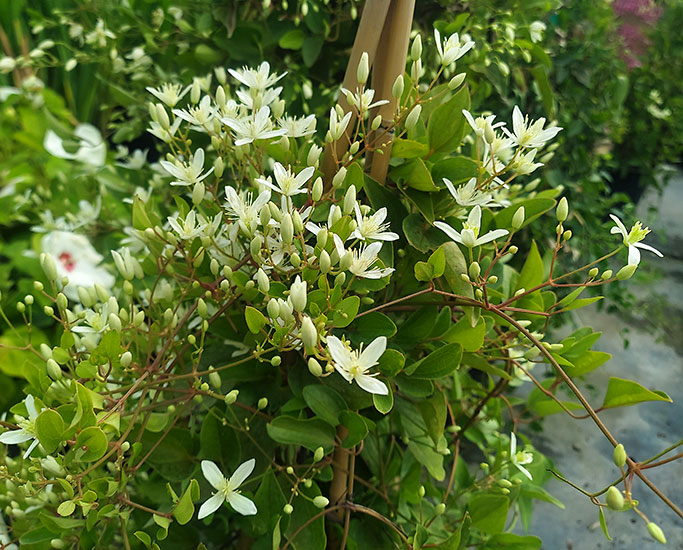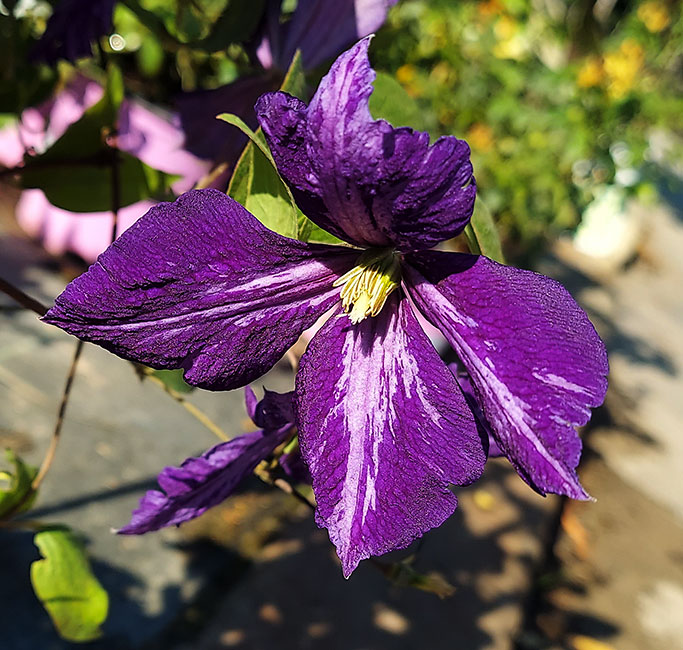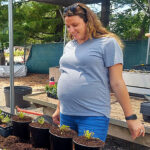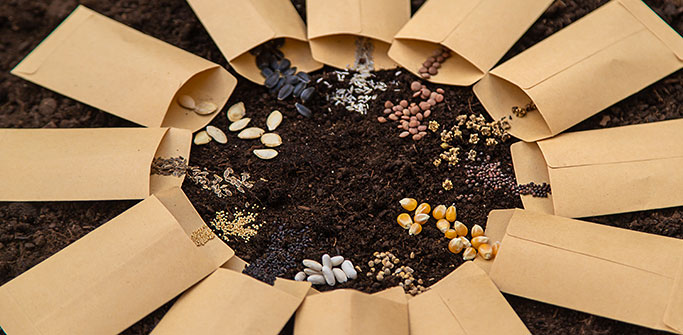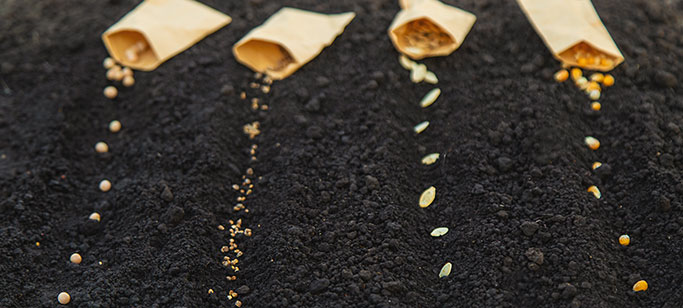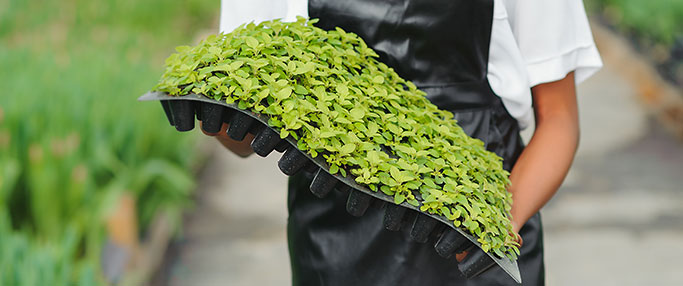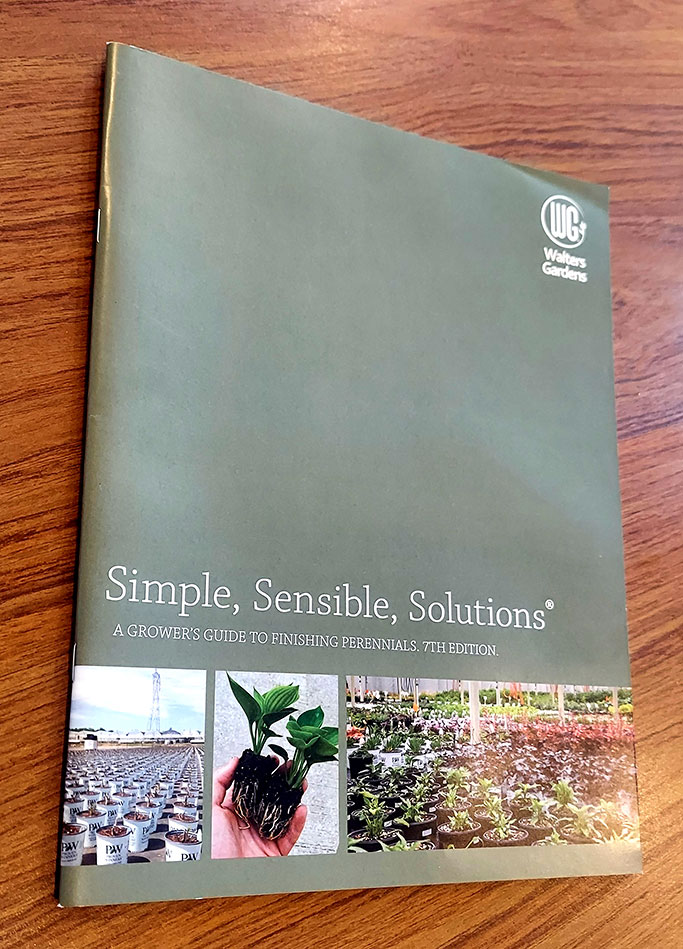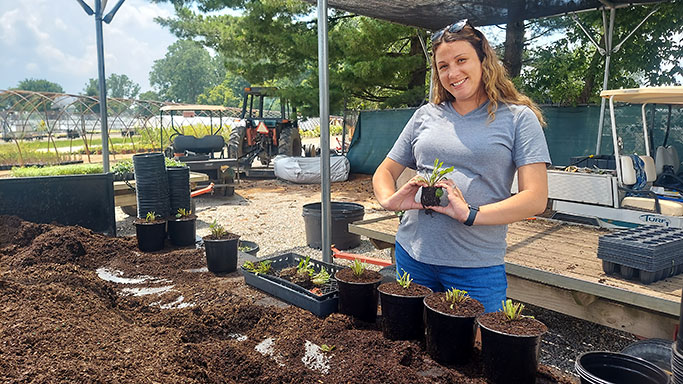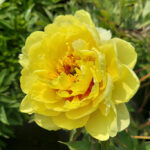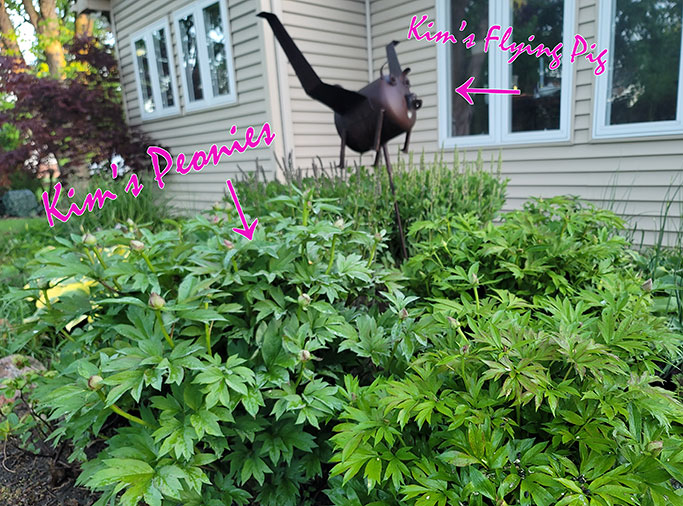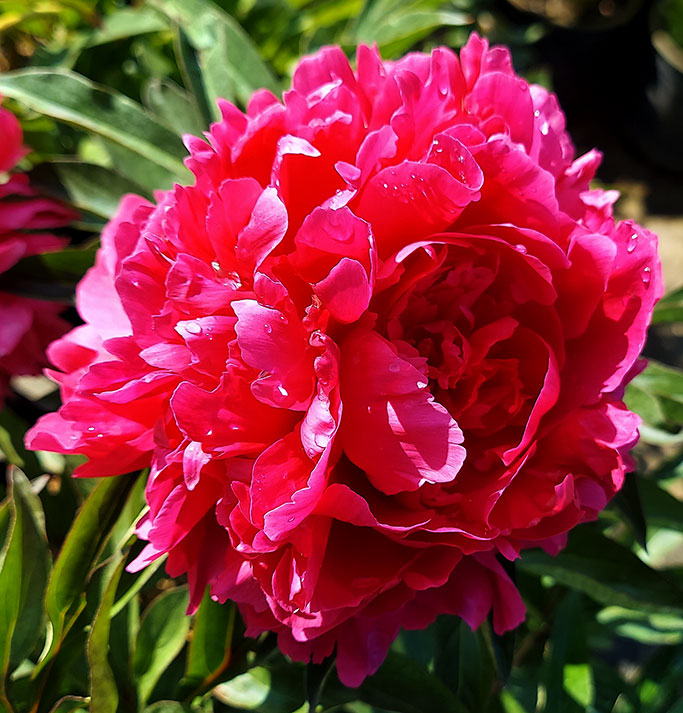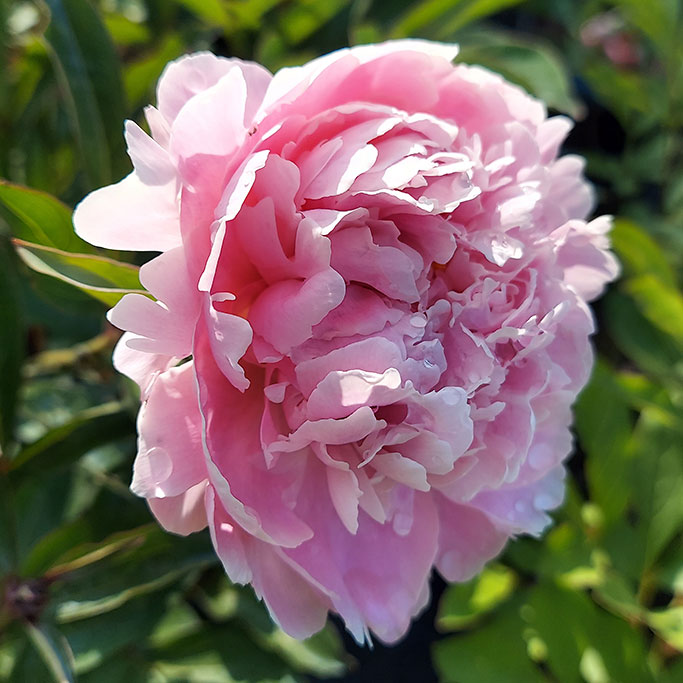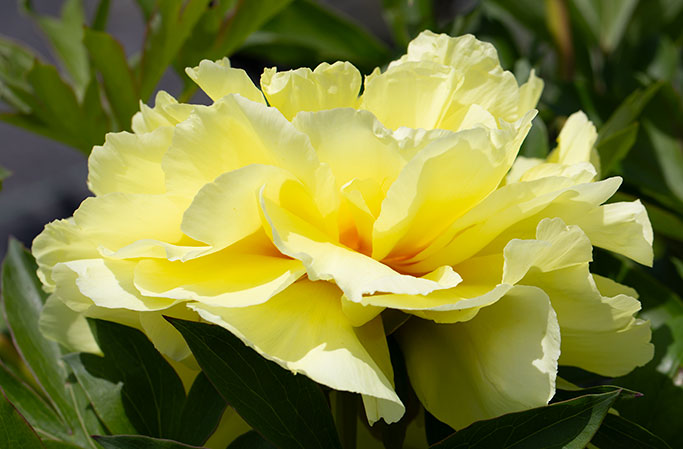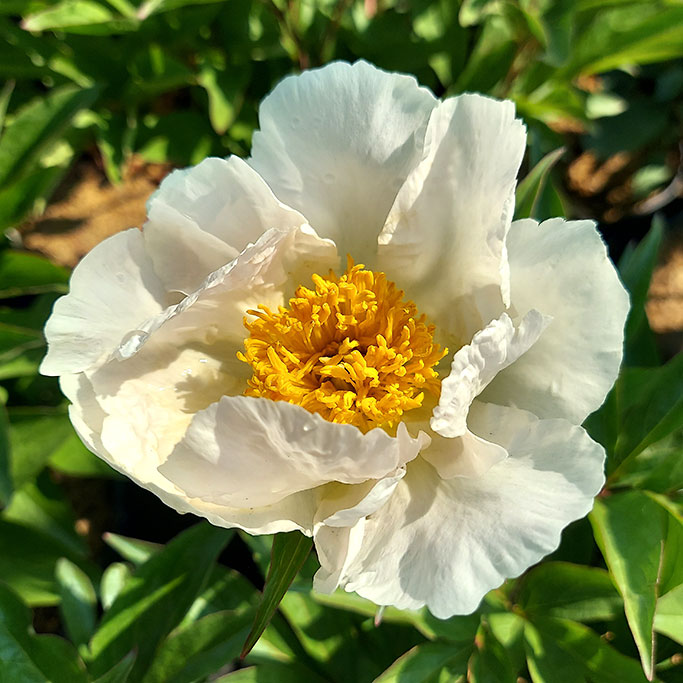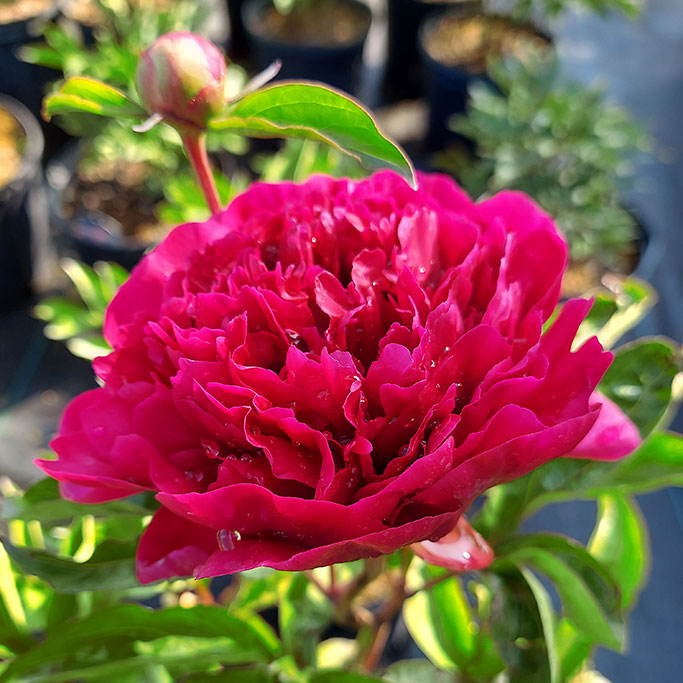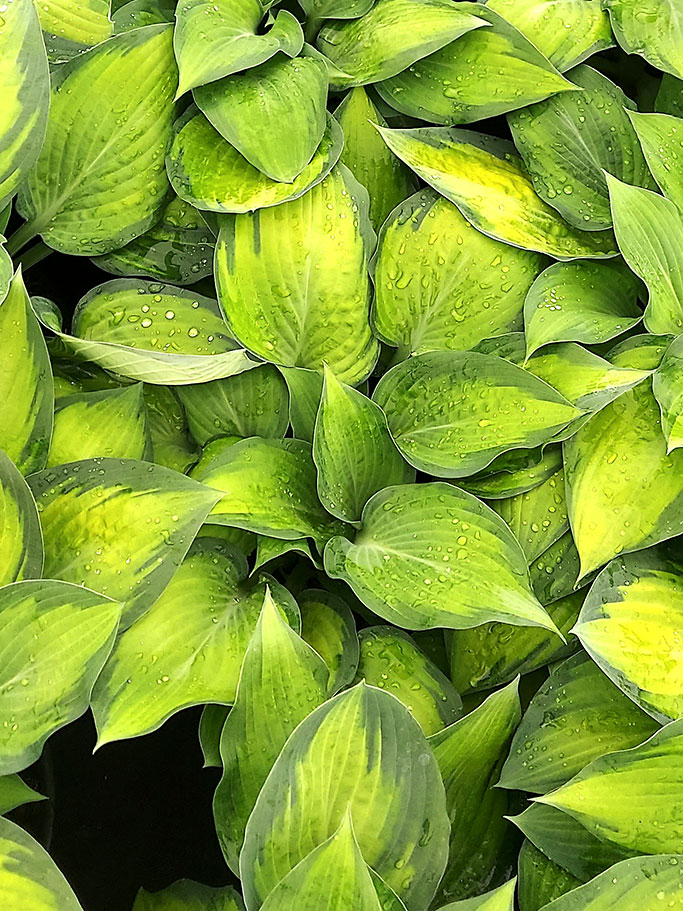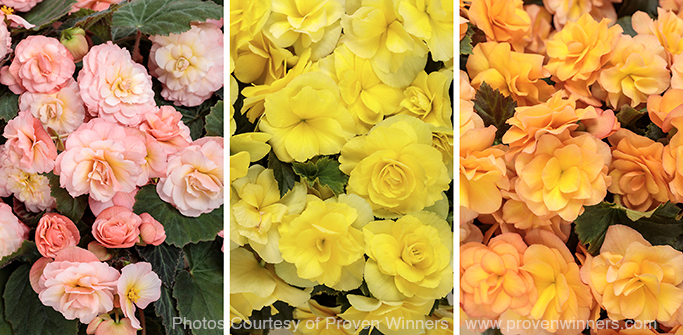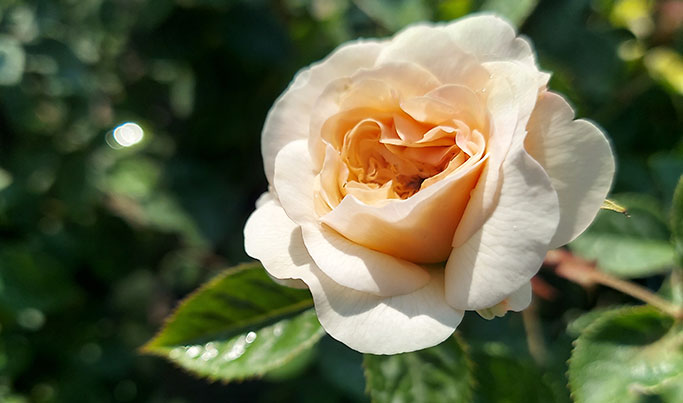Traditional fall perennials like Sedum, Anemone, Mums, Asters, and Rudbeckia are coming into their own! It's the time of year for a refresh into the new season.
However, there are some other fall flowers you may also want to consider. Let us take a look at the staples in the fall garden and then we can get on with some cool stuff!
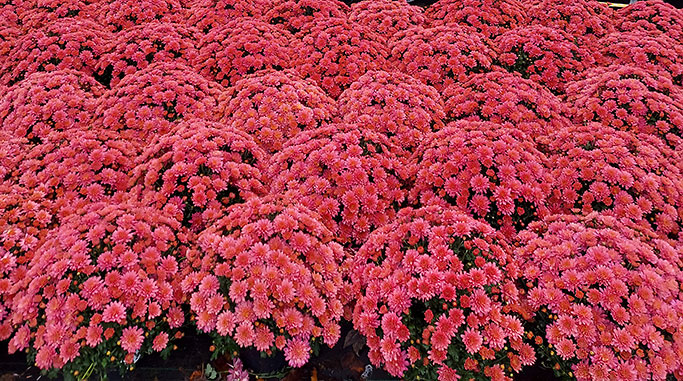
Belgian Mums
Mums
Grown for us by a single nursery, they are not just any “Mums” but Belgian mums. Does it make a difference? Yes. Belgian “mums” have much stronger and, more importantly, pliable plant stems. Meaning they do not break when you look at them wrong. They also produce a uniform crown. Don’t forget that all mums are an important fall crop for bees and butterflies.
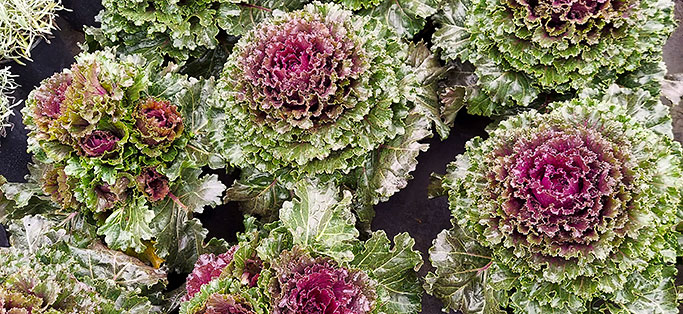
Red Cabbage Brassica
Ornamental Cabbage & Pansies
Both are waiting for cooler temps before they will show up. Pansies are very cold hardy. We’ve even had potted pansies flowering in January. Cabbage will freeze just like it is and sit like that all winter. Cabbage is an annual whereas the Pansies are semi-perennial – it all depends on how they fill and what the winter is like.
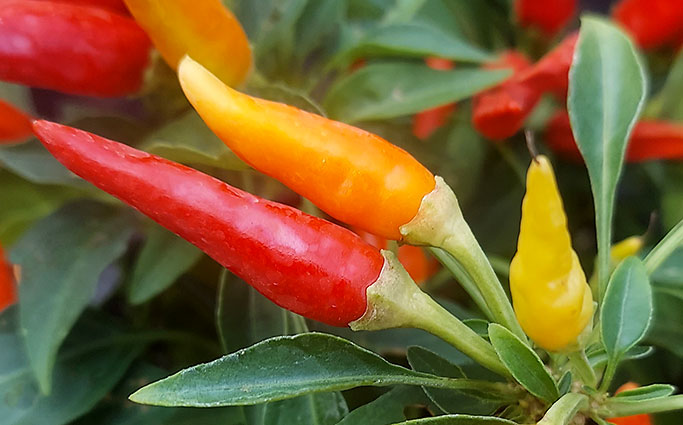
Ornamental Peppers Capsicum
Ornamental Peppers
These have become all the rage. If you have not seen them, they’re worth checking out. They are literally small peppers that come in a multitude of colors.
Swiss Chard
We are going to have some this year – YEAH!! Hopefully, you can get some of them before we buy them all!! This is an ornamental Swiss Chard (yes, you can buy Swiss Chard and Cabbage at the supermarket, but they are just plain old green!) Ornamental Swiss Chard has stems in all shades of red and green with dark green leaves that are thickly veined in white. Very catchy!
Fall Anemone
There are a couple of plants and a few bulbous Anemones that bloom in the spring. However, all the cool hybrids are fall flowering. A couple of our favorites are ‘September Charm (2-3’ tall with pink flowers) and ‘Sweetly’ (from the ‘Fall in Love’ series, these grow 2-3’ tall with dark rose-colored flowers).
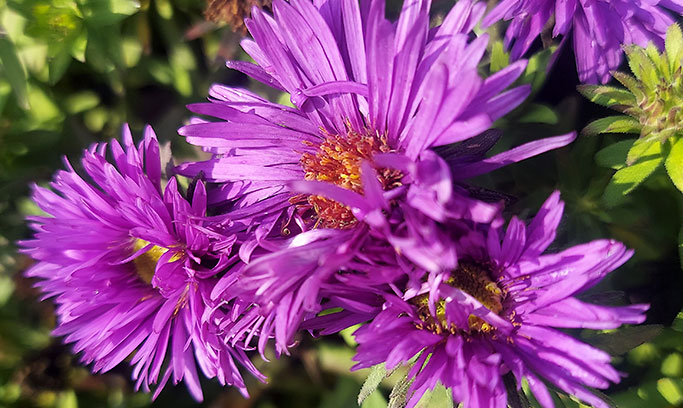
Purple Dome Aster
Aster
There are a multitude of Asters. Actually, there were so many, and they seemed so different that now we no longer use the word Aster, the new genus word (for some of them) is Symphotrichum. This is where you will find the “Fall Asters”. All of them will come in about 12-24” and there are numerous colors available. We are rather choosy here and try to pick asters that will maintain themselves. Many of the older cultivars need a trim in early summer to keep them compact. (A friend once told me to mow them down with the lawnmower on the 4th of July. It is advice that I’ve never tried and don’t necessarily recommend, but it certainly gives a strong visual.) We try to only offer cultivars that don’t need that kind of maintenance.
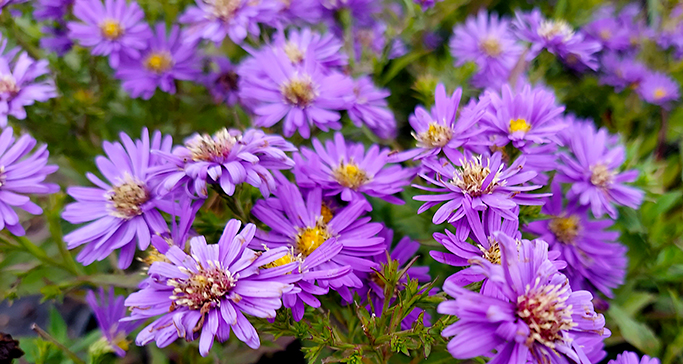
Kickin' Sapphire Aster
The one everyone loves “Purple Dome” with the purple-blue flowers is one that needs a little trim, but the color is very distinctive. We like the ‘Wood’s’ series. They come in several colors and top out around 12” tall and are compact and uniform. We have also been selling the ‘Kickin’ series which is a new set of cultivars, again numerous colors, reaching about 15”. Aster as a group are a crucial butterfly nectar source in fall. You will find Painted Lady’s, Swallowtails, Sulphur’s, and Red Admiral fighting the bees for winter storage!
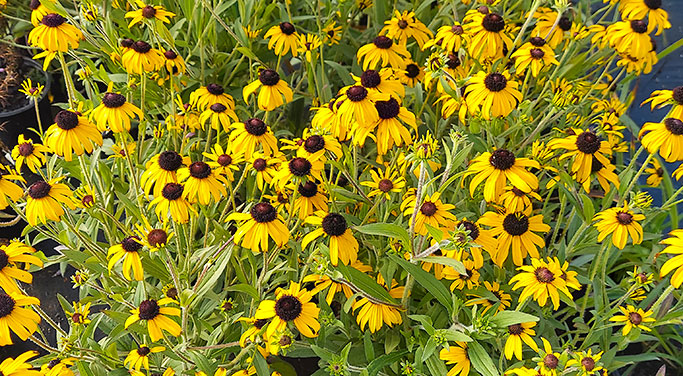
American Gold Rush Rudbeckia
Rudbeckia
We will say that because we’re on a butterfly tangent these will supply nectar for Silvery Checkerspot and bees. There are some new ones on the market we have been trialing. They are worth checking out for fall. Some are hardy, others are supposed to be hardy. It will probably depend on the severity of the winter. Time will tell.
‘American Gold Rush’ possesses the traditional Rudbeckia daisy-shaped flowers except they are small but way more numerous. These are hardy and have proven themselves. The plants will reach 2-2.5’ and start blooming in late summer and all the way through fall.
There are numerous hybrids of Rudbeckia hirta and Rudbeckia fulgida, and these are the ones who may not be quite as perennial as hoped! However, even as an annual they are worth it for the fall show!
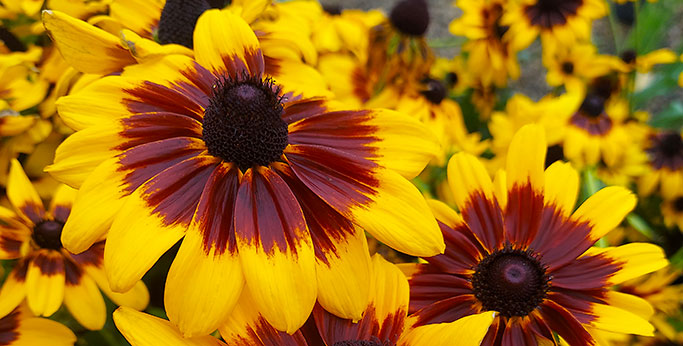
Denver Daisy Rudbeckia
‘Denver Daisy’ is one of our favorite Rudbeckia. It has a yellow flower that has a mahogany center and a brown eye. The mahogany center is quite large and makes for a spectacular show in the fall. This one should definitely be treated as an annual.
‘Prairie Sun’ has 5” golden yellow petals tipped a lighter yellow. These are a hirta variety and should be treated as an annual. ‘Prairie Sun’ will reach 3-3.5’ tall.
‘Gloriosa Daisy’ are annuals coming in at 24-30”. They are yellow with either a red or an orange edge that start blooming in August.
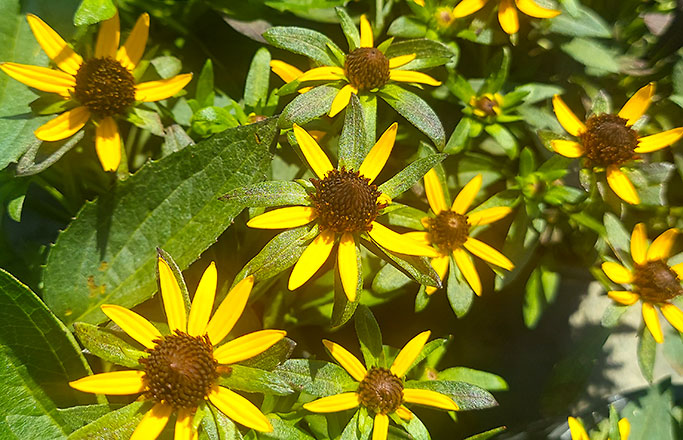
Little Goldstar Rudbeckia
And, from the same breeding as ‘Goldstrum’, comes ‘Little Goldstar’. We have been carrying this one for a while now and it is a fab little plant. Only 15” tall and covered with traditional flowers from mid-summer to fall.
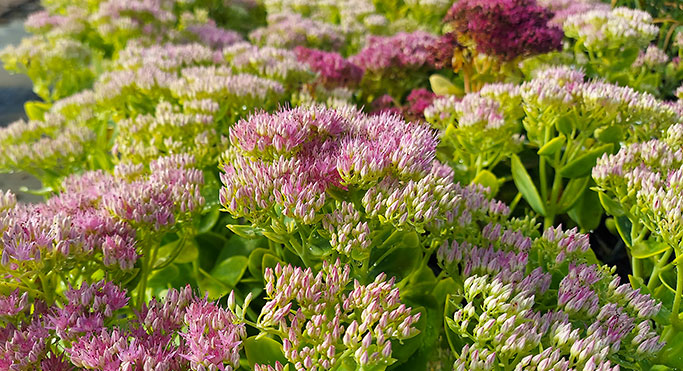
Neon Sedum
Sedum
I saved this for the last of the common fall flowers. Everyone seems to think Autumn Joy is it! It’s not. (Sedum ‘Autumn Joy’ has the orangish-red flower and stands about 2’ tall.) Check out some of these others for fall flash!
‘Brilliant’ and ‘Neon’ have magenta to reddish flower.
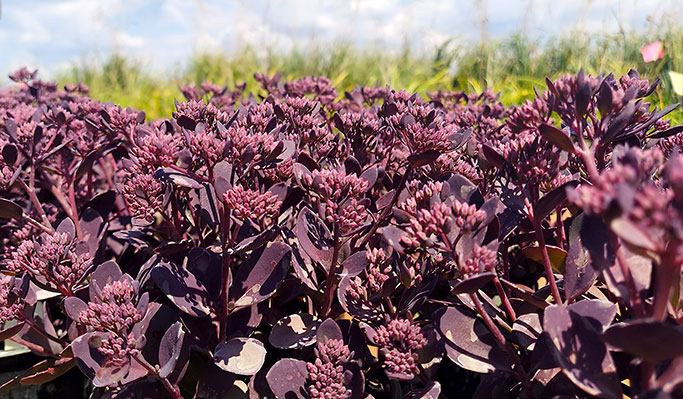
Plum Dazzled Sedum
‘Plum Dazzled’ Sedum has plum leaves with raspberry red flowers. ‘Dazzleberry’ has blue-gray foliage with red flowers. Both of these are part of the ‘Sunsparkler’ series. There are several others in the series all with different colored leaves. We like the ‘Sunsparklers’ because of their height – 1-1.5’ with flowers.
‘Mohave Jewels’ also has several varieties in this series with different colored foliage. My favorite is ‘Sapphire’ with purplish-blue leaves and rose colored flowers. (12-15” tall)
Now for the fun part – all the other stuff!!
Solidago
Why don’t you use this more often!?! There are several native species you see blooming along the roadside. There are, also, several species and cultivars available to use in landscapes. All of them get around 3-5’ and have a flashy golden spike on top of them. Some people say the color is hard to place. In the fall garden? Not buying it. Why Solidago? Well, Solidago is the #1 source of food for Honeybees in the fall. Honeybees collect large amounts of nectar for winter food. It is also a nectar source for Sulphur and Painted Lady butterflies.
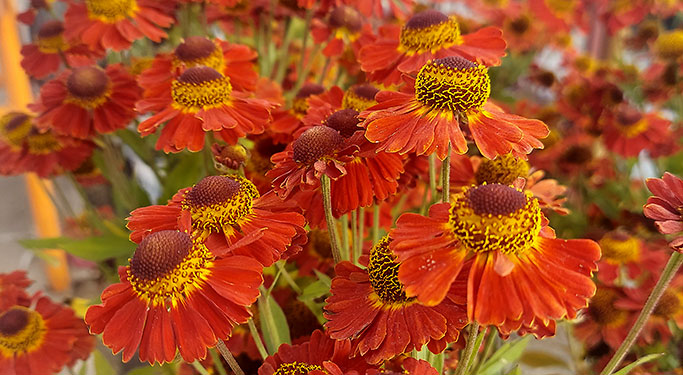
Autumnale Salsa Helenium
Helennium
I call this my happy plant. It makes me smile even when I am just saying the word. The available colors are best describes as an autumn pallet; red, yellow, and orange. They have daisy-like flowers that point up to the sky, reaching 3-5’ tall and 3-5’ wide at maturity.
Heliopsis
H. annus is the traditional annual sunflower. H. helianthoides is the “False Sunflower”. Much smaller flowers but LOTS of them. Like their cousin, the annual sunflower, “False Sunflower” can get 3-5’ tall. There is a shorter one, ‘Tuscan Sun,’ coming in at about 2-2.5’. All flowers are golden sun colored. Heliopsis is unpalatable to deer and rabbits and is a pollinator for bees and butterflies.
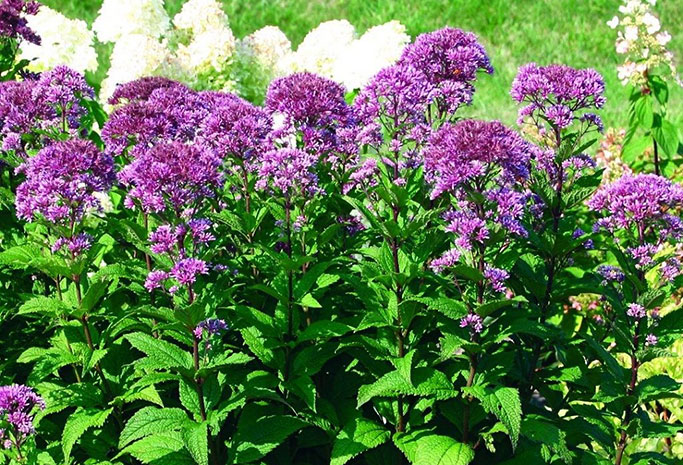
Eupatorium
Eupatorium
There are several natives belonging to this family and only a few cultivars. Eupatorium are deer, rabbit, squirrel, etc. resistant. Eupatorium produces a sap that tastes bad, can be poisonous and exists thoughout the entire plant. (Pointsettia are a Eupatorium) Nothing is gonna take a bite of these and if they do there will not be a second bite! The native eupatorium can reach 5-6’ even up to 8’ – they can get huge. There are a few dwarf varieties that will only reach 3-4’. Try ‘Little Joe’ 2.5-3’, or ‘Baby Joe’ 2.5-3’. Eupatorium flowers are a dirty white to rose red. This plant is a POWER pollinator. Bees, Monarchs, Skippers, Swallowtails, and Sulphurs, numerous moth species, and Sparrows will eat the seeds. This one feeds everybody!
Before we let you go to enjoy Fall – do not forget your fall bulbs! As long as you’re planting, you might as well drop in some bulbs. They will not brighten up a fall display, but they will be worth it in the spring! You will not be sorry when they start to pop up as the weather warms up next year! And, by then your back will not hurt anymore from all this fall planting!

